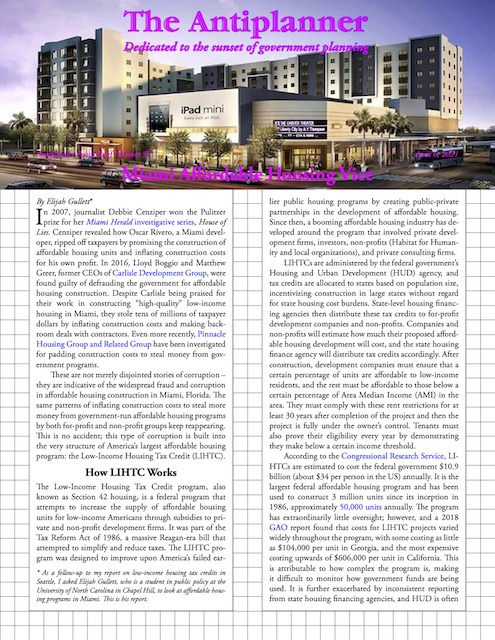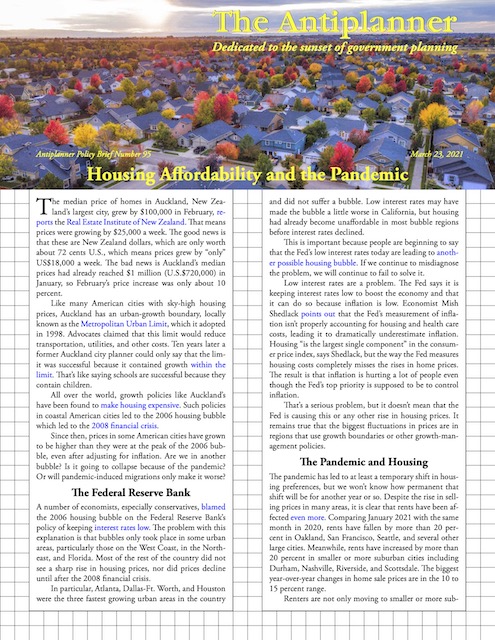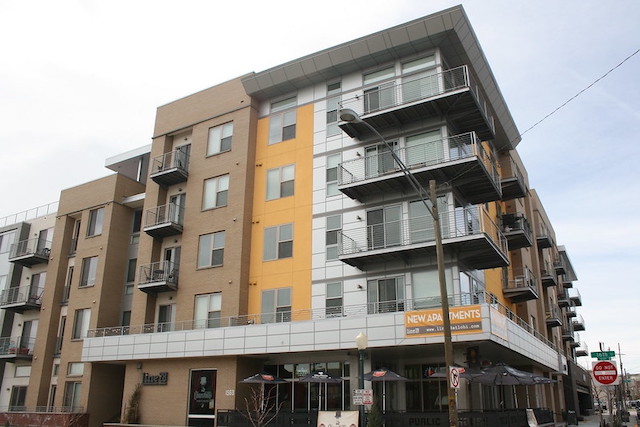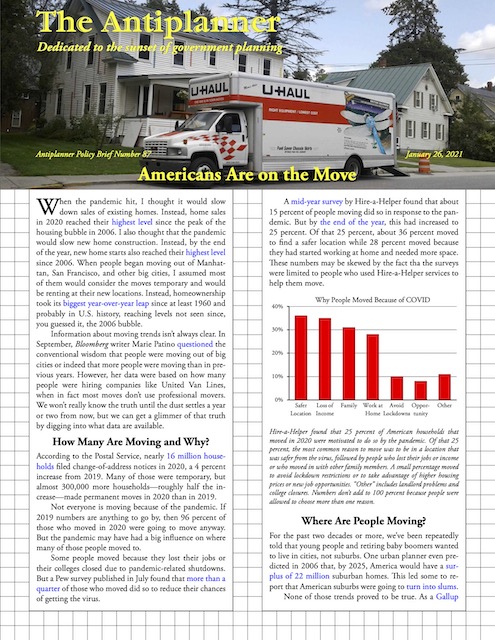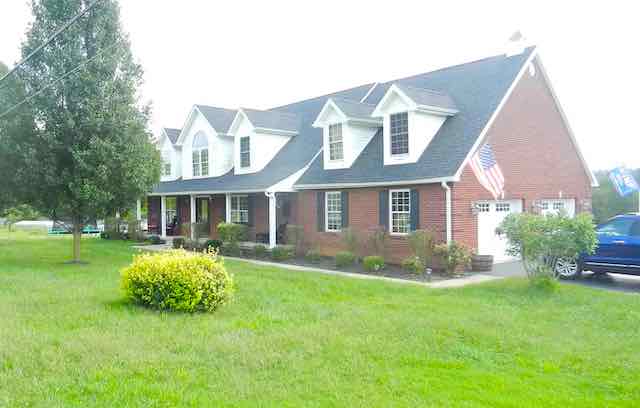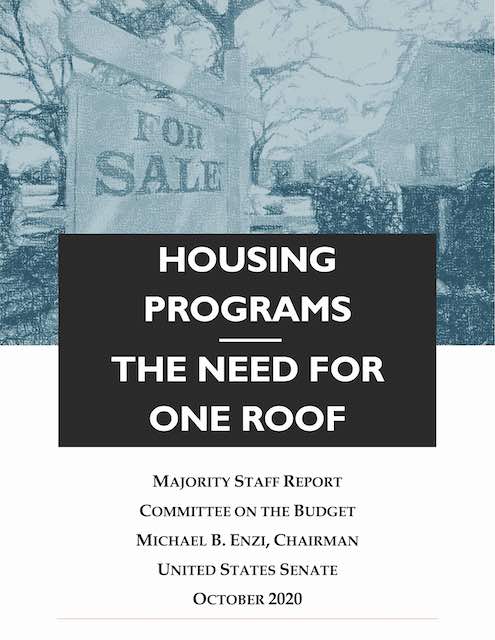In 1947, the U.K. Parliament passed the Town & Country Planning Act, which limited urban development to 6 percent of the land area of the country. Housing soon became expensive. Politicians responded by promising to build lots of new housing, mostly high-rise but some mid-rise.
The new housing proved to be a disaster. It created lots of social problems including crime and congestion. Much of the housing was also poorly built. Meanwhile, housing affordability continued to decline. Today, only the upper classes own their own homes while most working-class Brits live in “council housing.” Continue reading

